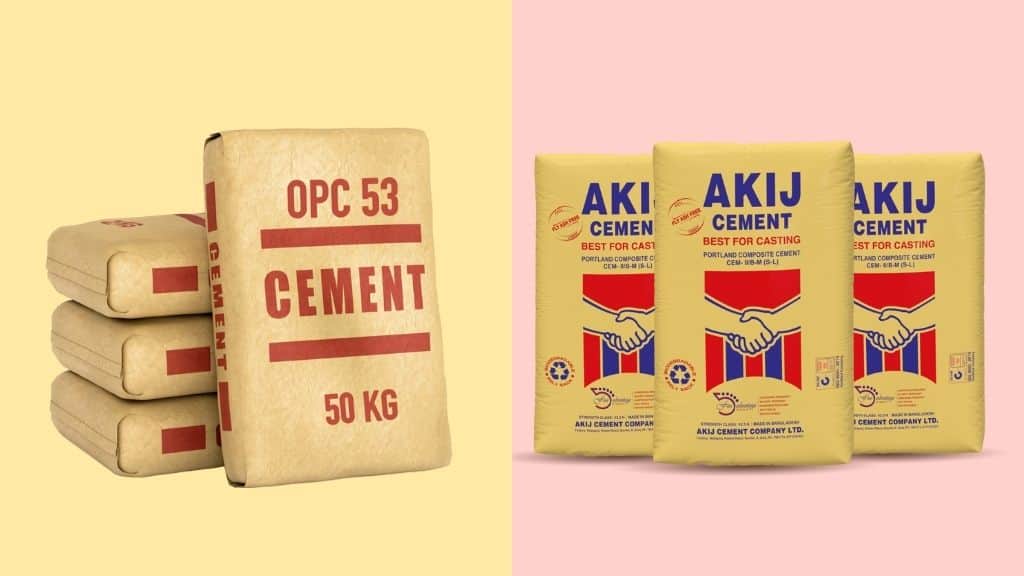
Cement is a versatile and essential material in the world of construction, known for its ability to bring together and solidify different elements. It is the binding agent that creates the strong foundation upon which many structures are built.
Cement is used in concrete, a harmonious combination of aggregates such as gravel and sand, bound together by the cohesion of water and cement. The construction industry in India recognizes various types of cement to suit the unique requirements of each project, taking into consideration factors such as the soil, climate, and the desired outcome of the structure. Each type of cement serves a specific purpose and is carefully chosen to ensure the longevity and stability of the finished product.
With this let’s take a closer look at different types of Cement in India:
- Ordinary Portland Cement (OPC)
- Rapid Hardening Cement
- Portland Pozzolana Cement (PPC)
- Low Heat Cement
- Quick setting cement
- Sulfates resisting cement
- White Cement
- Air Entraining Cement
- Coloured cement
- High Alumina Cement
- Expansive cement
- Blast Furnace Slag Cement
- Hydrographic cement
Here’s a list of Different Types Of Cement Recognised by ASTM
Before we delve deeper into different types of cement, here’s a list of different types of cement recognized by the American Society for Testing and Materials (ASTM):
- Type I – Normal Portland cement: This is a general-purpose cement that can be used in a variety of construction projects. It is made by grinding clinker (a mixture of limestone and clay) and gypsum together. Type I cement is available in three strengths – normal, moderate and high early strength.
- Type II – Moderate sulfate resistance cement: This type of cement is used in construction projects where the soil or groundwater has a moderate sulfate content. It is made by using a lower proportion of gypsum and a higher proportion of clinker to improve its resistance to sulfates. It is also known as Moderate Sulfate Resistance Cement(MSRC)
- Type III – High early strength cement: This type of cement achieves a high level of strength in a short period of time, making it suitable for projects where time is of the essence. It is made by using a higher proportion of C3A (tricalcium aluminate) and a lower proportion of C2S (dicalcium silicate) than in Type I cement.
- Type IV – Low heat of hydration cement: This type of cement generates less heat during the hydration process, making it suitable for use in large-scale construction projects such as dams and tall buildings. It is made by using a lower proportion of C3A (tricalcium aluminate) and a higher proportion of C2S (dicalcium silicate) than in Type I cement.
- Type V – High sulfate resistance cement: This type of cement is used in construction projects where the soil or groundwater has a high sulfate content. It is made by using a lower proportion of gypsum and a higher proportion of clinker to improve its resistance to sulfates. It is also known as High Sulfate Resistance Cement(HSRC)
- Type IP(MH) – Masonry cement: This type of cement is used for construction of masonry work, such as brick or block walls. It is made by blending Portland cement, hydrated lime and air-entraining agents.
- Type IS – Blended cement: This type of cement is made by blending two or more types of cement together. It can be used for general-purpose construction or for specific applications. These types of cement can be made by blending various types of cement like Type I and Type III, Type II and Type V, Type I and Type V, Type I and Type II etc.
- ASTM C595- Type IL (Intermediate masonry cement): This type of cement is used for construction of masonry work, such as brick or block walls, it’s a blend of Type I and Type II cement. It combines the strength of type I cement with the sulfate resistance of type II cement.
- ASTM C1157 – Performance specification for hydraulic cement: This specification covers the requirements for hydraulic cement, including composition, fineness, soundness, strength, and other properties. This specification applies to all types of hydraulic cement, including ordinary Portland cement, blended cement, and pozzolanic cement.
Let’s Learn Why These Types of Cement are Different!
1. Ordinary Portland Cement (OPC)
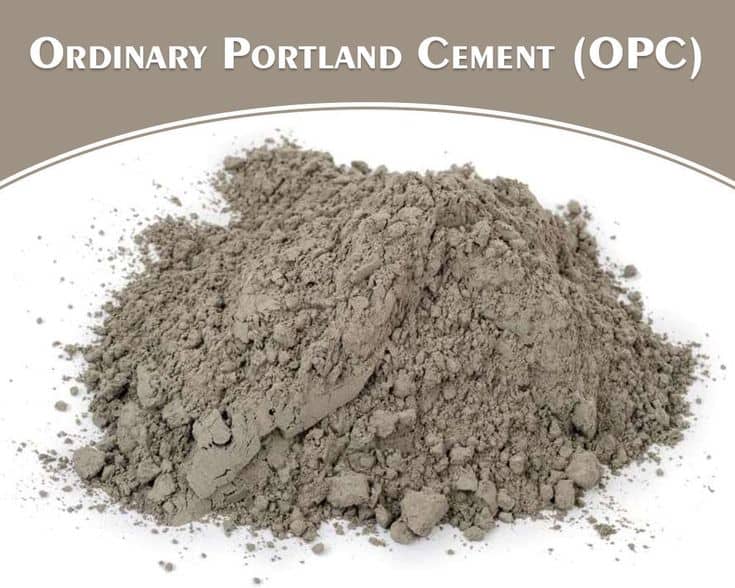
OPC (Ordinary Portland Cement) is the most commonly used cement for all types of construction. It is also the most widely used and produced type of cement in the world with an annual global production of 3.8 million cubic meters each year.
2. Portland Pozzolana Cement (PPC)
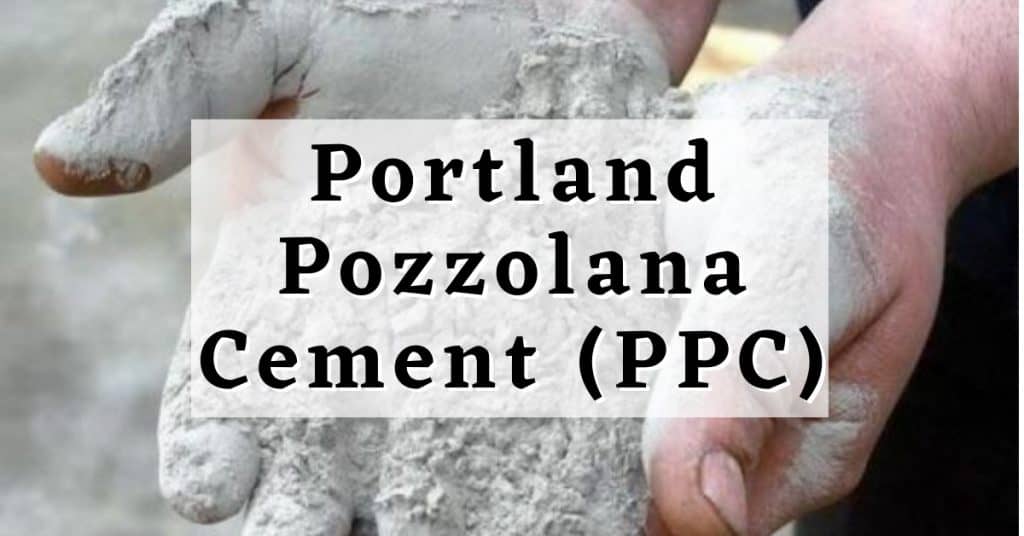
- Portland Pozzolana Cement (PPC) is a type of cement that is prepared by grinding portland cement with pozzolanic clinker.
- It can also be produced by adding calcium sulfate or gypsum and/or by uniformly blending fine pozzolana with portland cement.
- This type of cement is highly resistant to chemical attacks when compared with ordinary portland cement. This property makes it the most suitable for the construction of marine structures, and sewage works as well as for underwater concrete structures such as dams, oilers, bridges, etc.
3. Rapid Hardening Cement
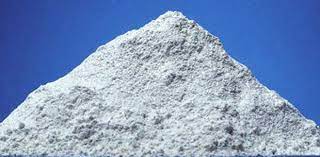
Rapid hardening cement is used in concrete when formworks are to be removed at an early stage. Thereby, the cost of construction can be reduced while the rate of construction increases. It is similar to OPC with increased lime content, finer grinding, and higher c3s content.
However, it has higher strength development than OPC. the strength of rapid hardening cement at 3 days is similar to the strength of OPC at 7 days even with the same cement-water ratio. This type of cement is used in the construction of roads, prefabricated concrete, etc.
4. Quick setting cement
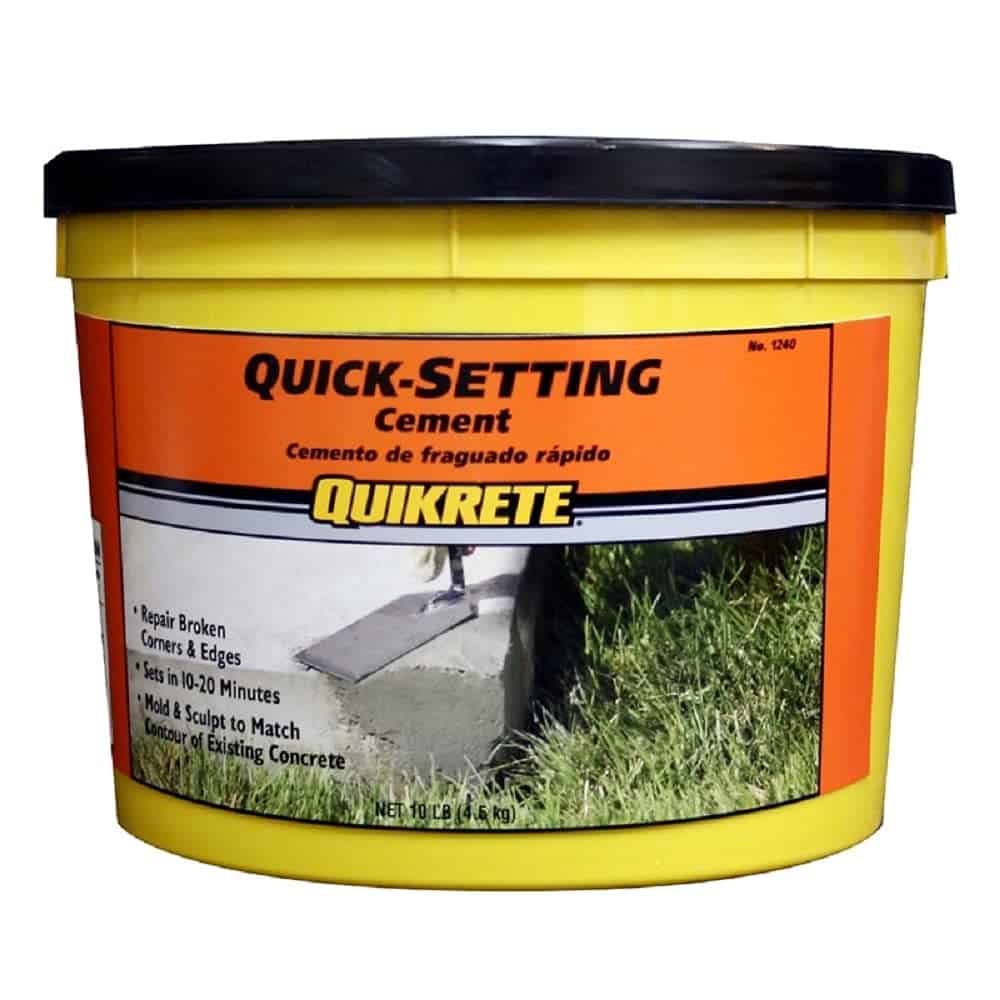
You might think, from the name, that rapid hardening cement and quick-setting cement are quite similar but no. This type of cement is used in construction under running or static water.
- Quick-setting cement sets earlier than rapid hardening cement.
- At the same time, the rate of gain of strength of quick-setting cement is similar to OPC but less than rapid hardening cement.
- The formwork of this type of cement can be removed early just like rapid hardening cement.
5. Low Heat Cement
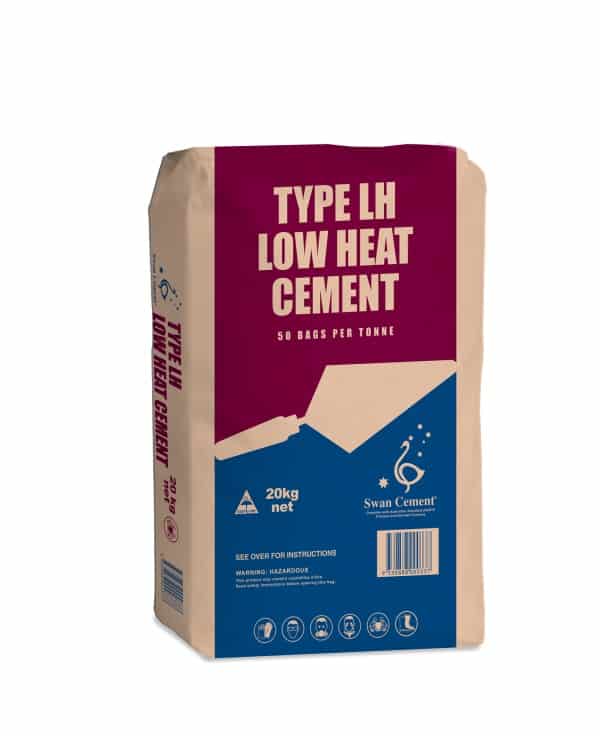
- Low heat cement is obtained by increasing C2S while keeping the tricalcium aluminate percentage in the mixture below 6%.
- The quantity of tricalcium aluminate determines the heat of hydration of concrete.
- Low heat cement is perfect for mass concrete construction because the low heat of hydration prevents the concrete from cracking due to heat.
- Low heat cement is a type of cement with a greater initial setting time than OPC. it is also less reactive and more resistant to sulfates.
6. Sulfates Resisting Cement
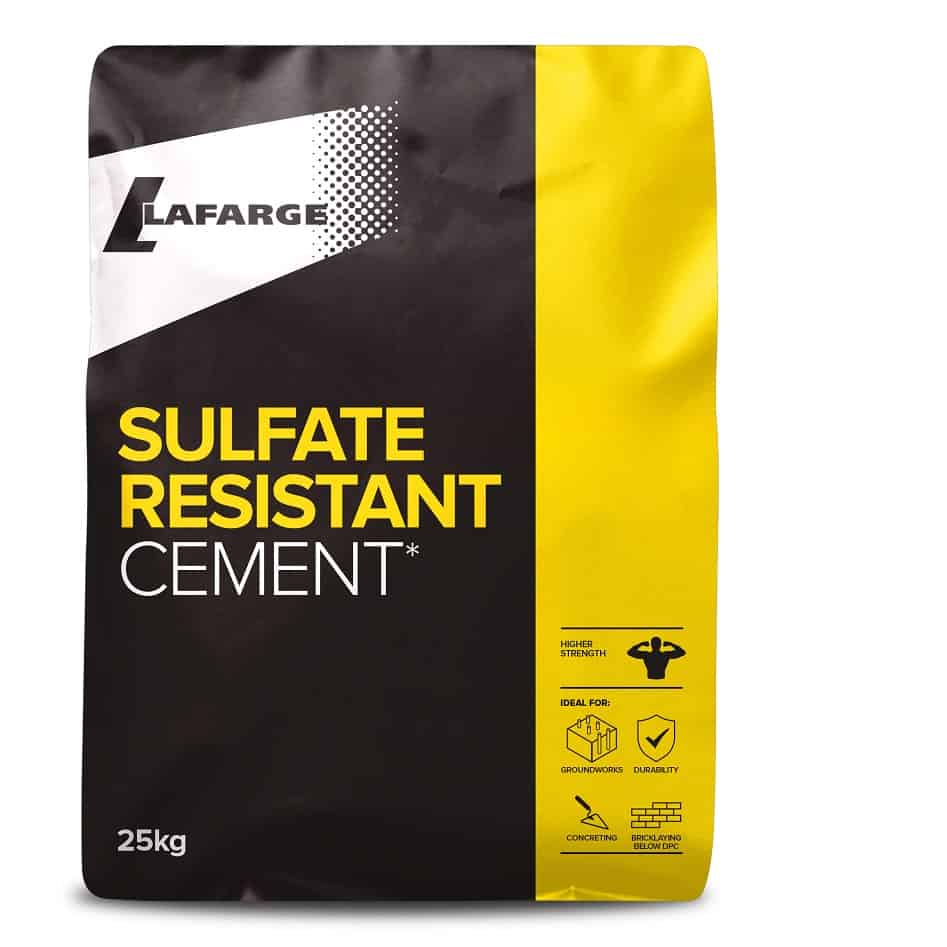
This type of cement reduces the risk of concrete coming in contact with sulfates. This is also the reason they are widely used in the construction of foundations as the soil has high sulfate content. C4AF and C3A are less in this type of cement.
Sulfate resisting cement finds itself in rampant use for constructions that might get exposed to sulfate action by soil and water such as in siphons, retaining walls, culverts, canal linings, etc.
7. Blast Furnace Slag Cement
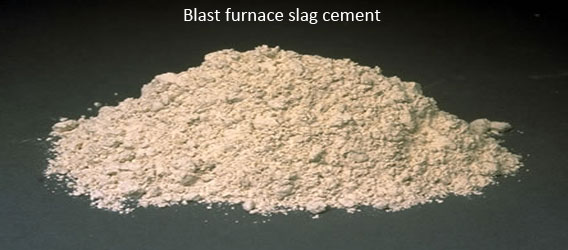
This type of cement is produced by grinding clinkers with 60% slag. The properties of blast furnace slag cement more or less resemble the properties of Portland cement. It is used widely in places where there is an economic consideration.
8. High Alumina Cement
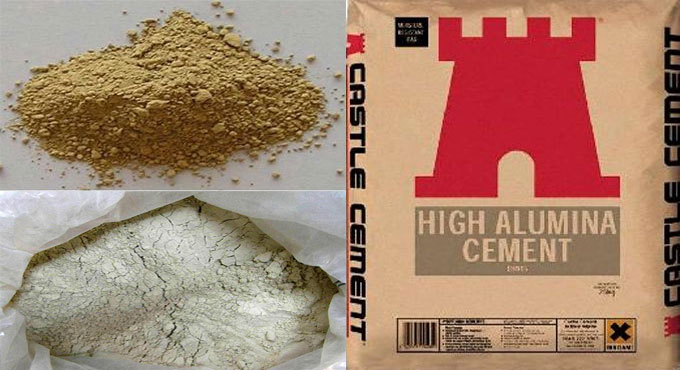
High alumina cement is produced by melting a mixture of lime and bauxite and mixing them with clinkers. It is a type of rapid hardening cement with a final and initial setting times of 5 and 3.5 hours respectively.
The comprehensive strength of high alumina cement is quite high and more workable than OPC. It is used in concretes that have to face acidic action, frost, and high temperatures.
9. White Cement
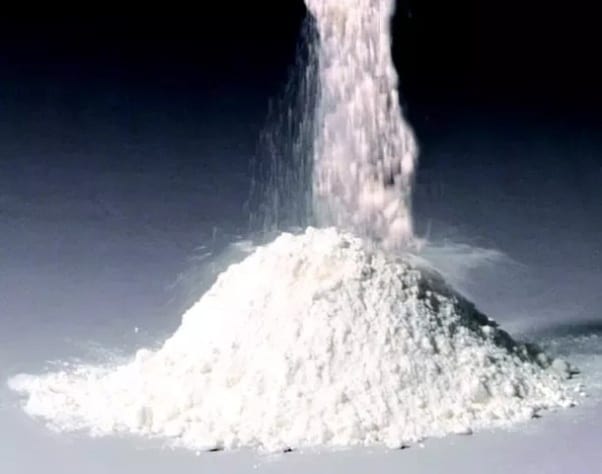
White cement, a type of ordinary portland cement, is prepared from raw materials of iron oxide. It is white and is costlier than ordinary types of cement in India. They find themselves in profound use for architectural purposes such as terrazzo surfaces, facing panels, precast curtain walls, etc.
There are several other uses of white cement such as building,
- Swimming pools
- Paths of gardens
- Ornamental concrete products
- Floorings
- Facing slabs
- External renderings of buildings
10. Coloured cement
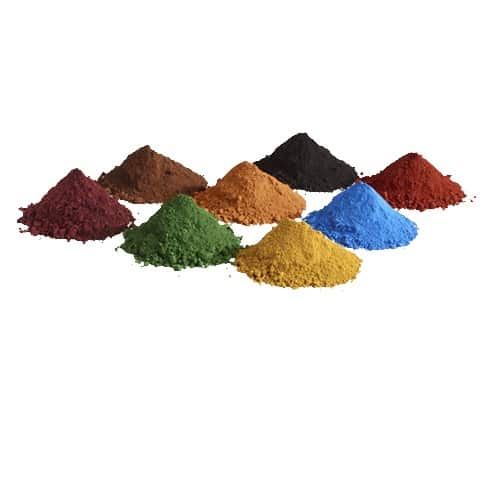
Coloured cement is produced by taking a mixture of 5% to 10% mineral pigments and ordinary cement. They are widely used in decorative work on floors.
11. Air Entraining Cement
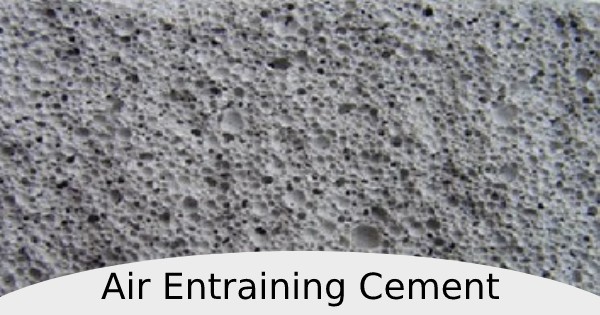
Air entraining cement is obtained by mixing indigenous air-entraining agents such as sodium salts of sulfates, glues, resins, etc. with clinkers. Both the materials are ground together to get air-entraining cement.
This type of cement is perfectly suitable for improving the workability with smaller cement to water ratio. It also improves the frost resistance of concrete.
12. Expansive cement
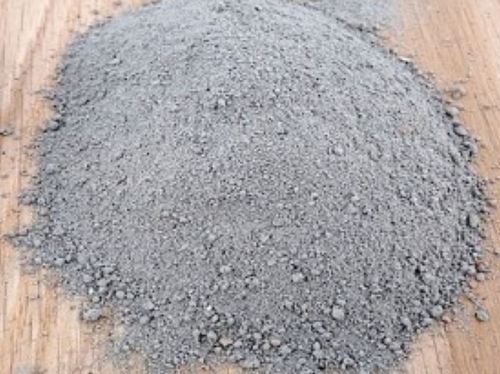
This type of cement expands slightly over time and will not shrink during or after its time of hardening. Expansive cement is specifically used for prestressed concrete ducts and grouting anchor bolts.
13. Hydrographic cement
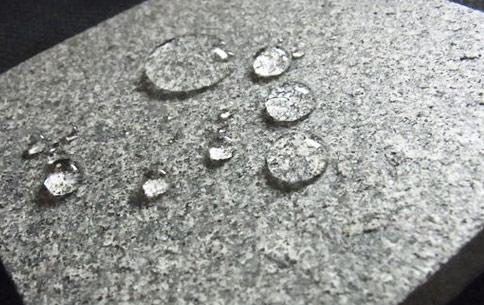
This type of cement is obtained by mixing several water-repelling chemicals. It has high strength and workability. Because of the property of repelling water, it stays unaffected during the rains or monsoon.
Hydrographic cement finds major use in the construction of water structures such as water retaining structures, spillways, water tanks, dams, etc.
The Bottom Line: Facts on Types of Cement
Concrete and cement are terms often used interchangeably but actually cement is an ingredient in concrete. Cement is a mixture of tricalcium silicate, dicalcium silicate, tricalcium aluminate, and tetra-calcium aluminoferrite. It takes around 24 hours to 48 hours after the initial set for cement to dry after which forms can be removed and people can walk on it. The surface becomes okay for vehicles to drive over after 7 days of partial curing. It takes about a month for a concrete structure to be fully cured.
Types of Cement FAQs
1. Which type of cement is the best?
OPC is generally considered the best type of cement used for construction in India. OPC 53 is the typical grade used for constructing all RCC structures such as slabs, beams, columns, and footing. Wherever the structure requires initial and ultimate strength OPC 53 is used.
2. What is SRC cement?
SRC stands for Sulphate Resistant Cement and it is a type of blended cement that improves the performance of concrete in case of a sulfate attack. SRC also provides increased durability for concrete in extremely aggressive environments and reduces the risk of the structure deteriorating.
3. What is GGBS concrete?
GGBS stands for Regen Ground Granulated Blast furnace Slag. It is a substitute for cement manufactured from a by-product of the iron-manufacturing industry. A tonne of Regen in concrete will reduce CO2 embodiment by around 900kg. It also provides improved stability.
4. Can you use cement on its own?
Cement is the binding material that adheres to other materials so it can never be used alone. It is a component of both mortar and concrete as well as thin-set adhesive, tile grout, and stucco.
5. Why is concrete stronger than cement?
Concrete consists of 4 primary ingredients:
The more the amount of water in the concrete is, the more brittle it will be. Water is what activates cement in concrete to act as an adhering agent.
6. How many types of cement are there?
There are 13 types of cement in India:






